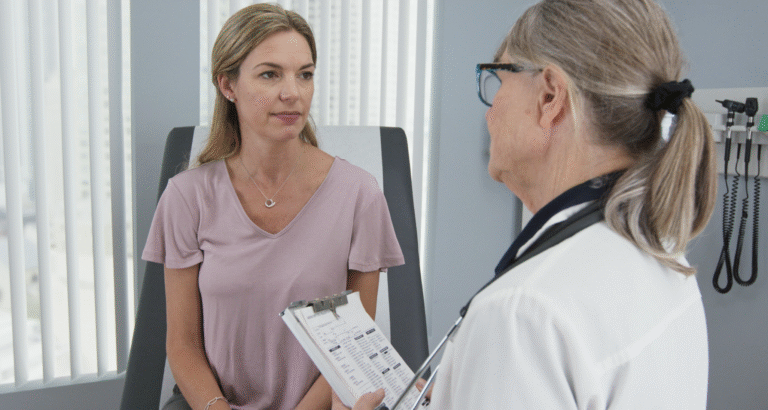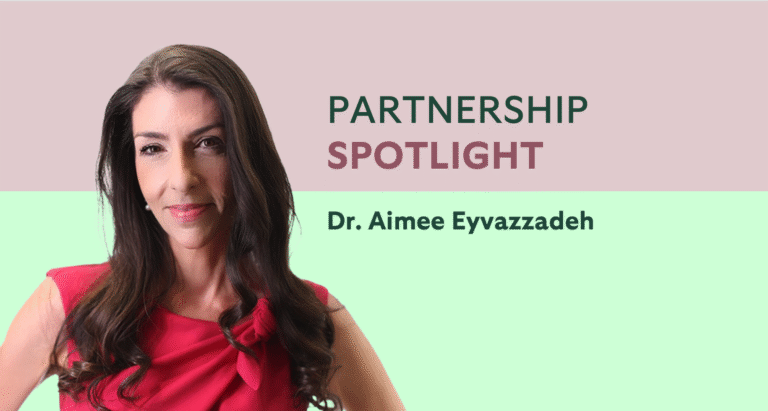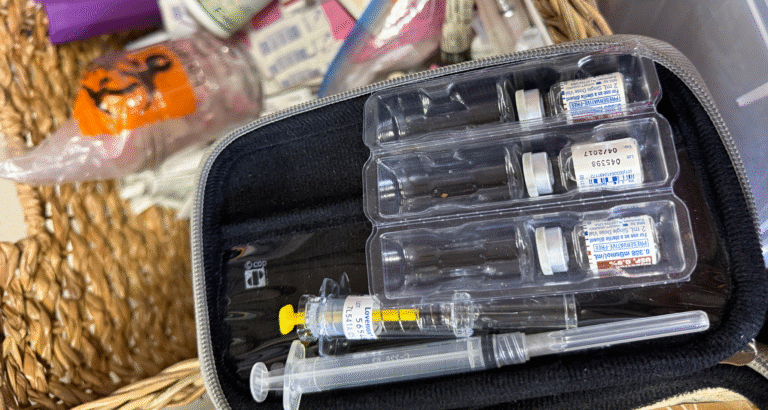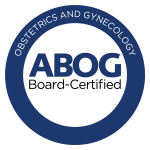Hydrosalpinx is a condition in which a fallopian tube becomes blocked with fluid, causing significant fertility challenges. This blog explores a real-life case of secondary infertility due to hydrosalpinx and adhesions, diagnosed and treated using hysteroscopy and laparoscopy.
What is Hydrosalpinx?
Hydrosalpinx refers to a blockage in the fallopian tube, often filled with clear or inflammatory fluid. This condition can prevent sperm from reaching an egg or block fertilized eggs from reaching the uterus, making it difficult for natural conception to occur. Furthermore, hydrosalpinx can impair embryo implantation during IVF cycles, contributing to failed fertility treatments.
The Case: Secondary Infertility and Failed Embryo Transfer
In this case, the patient experienced secondary infertility after a prior successful pregnancy and delivery. Despite a normal uterine cavity as seen during hysteroscopy, she was unable to conceive again. A large hydrosalpinx was detected on the right side during laparoscopic evaluation, and the right fallopian tube was completely blocked and adhered to the ovary, explaining the fertility challenges.
The patient had previously undergone an unsuccessful embryo transfer. Hydrosalpinx can cause the toxic fluid from the tube to leak into the uterus, disrupting the uterine environment and making embryo implantation difficult or impossible.
Diagnostic Tools: Hysteroscopy and Chromopertubation
Hysteroscopy:
A hysteroscopic evaluation was initially performed, providing a clear view of the uterine cavity. The cavity appeared normal, which often points to other hidden issues, such as fallopian tube problems. This prompted a closer investigation of the tubes and ovaries through laparoscopy.
Chromopertubation:
A critical diagnostic tool in this case was chromopertubation, in which dye is injected through the uterus to assess tubal patency. No dye passed through the right fallopian tube due to the hydrosalpinx. The left tube eventually passed dye, but only after significant pressure, indicating the presence of adhesions or partial blockage.
Laparoscopic Findings: Hydrosalpinx and Adhesions
During laparoscopy, the blocked and fluid-filled right tube (hydrosalpinx) was visualized, completely stuck under the right ovary. Additionally, adhesions were found around the left ovary and fallopian tube, contributing to impaired tubal function. These adhesions were surgically removed to improve the chance of natural conception.
Surgical Treatment of Hydrosalpinx and Adhesions
Laparoscopic surgery plays a vital role in treating hydrosalpinx and removing adhesions. In this case, the right hydrosalpinx was addressed, and the adhesions were taken down from the left tube and ovary. This type of surgery helps restore normal tubal function, which is critical for both natural conception and the success of assisted reproductive techniques, such as IVF.
Why Is Surgical Intervention Important?
For women with hydrosalpinx, surgical removal or repair of the affected tube is crucial before attempting IVF. The toxic fluid in the blocked tube can reduce the chances of successful embryo implantation by creating an inhospitable environment in the uterus. Removing the source of the hydrosalpinx improves the likelihood of a successful pregnancy, either naturally or with fertility treatments.
Postoperative Fertility Considerations
Following surgery, it is important to monitor recovery and reassess tubal function. Patients with hydrosalpinx who undergo surgery often see improved fertility outcomes, whether through natural conception or IVF. The surgical correction of tubal and ovarian adhesions also helps create a healthier reproductive environment for conception.
What’s Next?
In Part 2, we will further discuss the postoperative management and follow-up care necessary after surgery for hydrosalpinx. Additionally, we’ll explore how addressing these issues can dramatically improve fertility outcomes and overall reproductive health.












